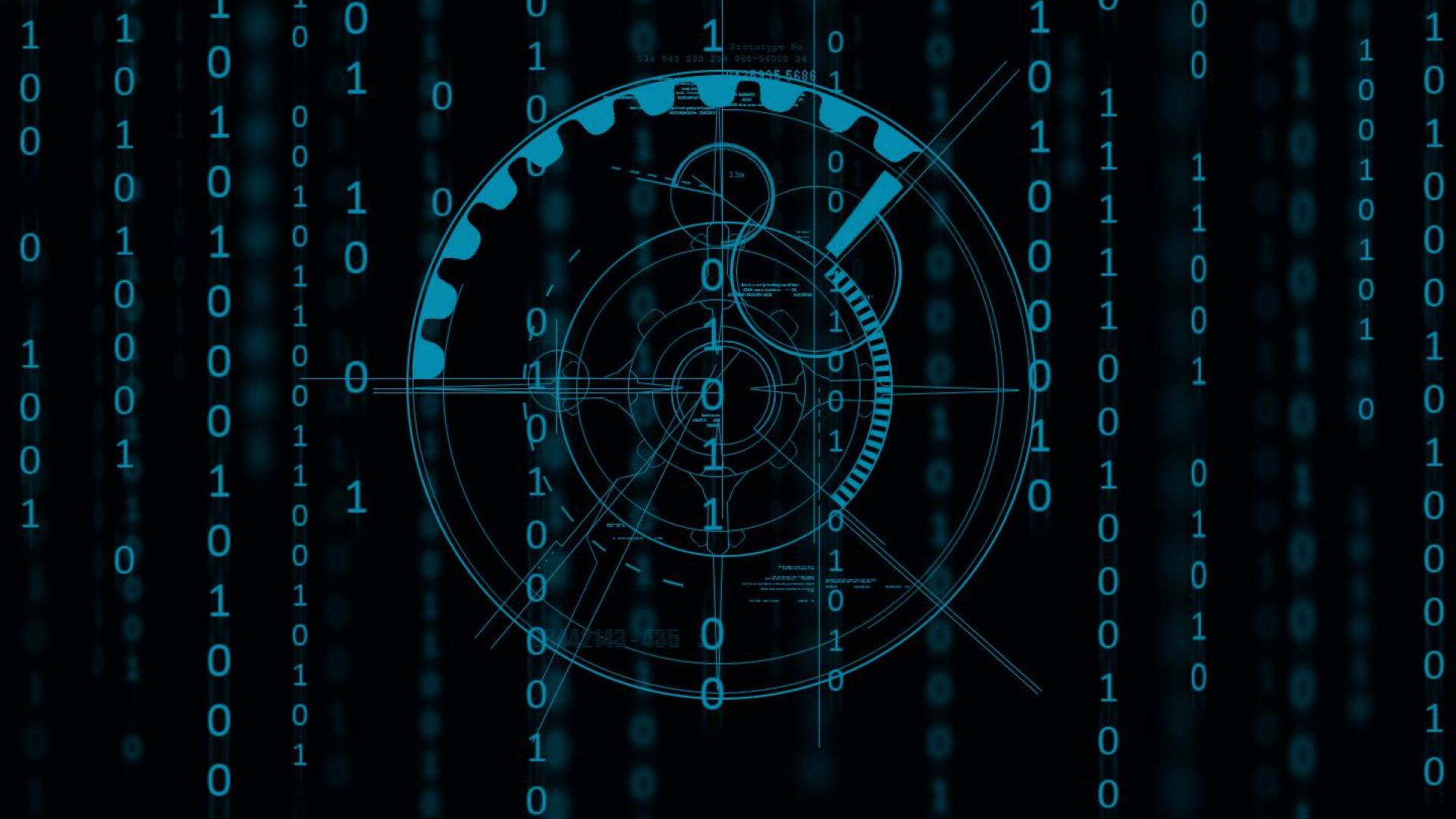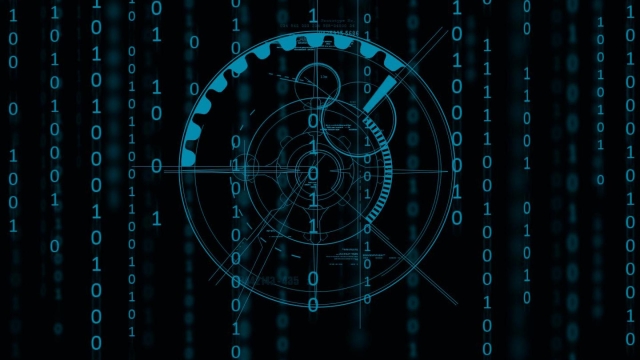
In an increasingly digital world, where technology continues to push the boundaries of what is possible, a new phenomenon known as deepfake technology has emerged. At first glance, deepfakes might seem like harmless fun or a tool for creative expression, but their implications run far deeper than meets the eye. Harnessing the power of artificial intelligence and machine learning, deepfakes enable the manipulation of visual and audio content to an unprecedented degree.
At the core of deepfake technology lies the ability to convincingly superimpose one person’s face onto another in a highly realistic manner. With astonishing precision, deepfakes can seamlessly replace an individual’s features, emotions, and even voice with those of another individual. This digitally altered content has saturated social media platforms, creating a vast web of fabricated videos that are shockingly difficult to differentiate from reality. The potential for misuse and exploitation is immense, raising crucial questions about the ethical and legal implications surrounding the use of deepfakes.
As we delve deeper into the world of deepfakes, it becomes evident that they have the potential to disrupt various aspects of our lives. From social media trolls weaponizing deepfakes for their own malicious agendas to the erosion of trust in the digital realm, these AI-generated counterfeits pose a significant threat to our society. Whether it’s spreading misinformation, damaging reputations, or manipulating public opinion, the consequences of unchecked deepfakes are far-reaching and demand our attention.
Join us on a journey as we navigate the elusive boundaries of artificial reality, unmasking the power of deepfake technology. By understanding the inner workings of deepfakes, their implications, and the challenges they present, we can begin to develop solutions and frameworks that protect us from their deceitful clutches. It is time to shed light on this technological phenomenon, empowering individuals to critically assess the authenticity of the digital content they encounter in an increasingly complex media landscape.
Understanding Deepfake Technology
Deepfake technology is a cutting-edge advancement that enables the manipulation of visual and audio content to create realistic yet fabricated media. This emerging technique employs artificial intelligence algorithms and neural networks to alter existing images or videos by seamlessly integrating new elements. Deepfakes can deceive viewers by making it appear as though individuals are saying or doing things they never actually did. As a result, this technology poses significant challenges in distinguishing between what is real and what is artificially generated.
Deepfakes have gained widespread attention due to their potential to spread misinformation and cause harm. The technology is often used to create realistic, but fake, videos of public figures or celebrities, engaging in actions or making statements that never occurred. These manipulated videos can mislead and misinform viewers, leading to distrust and confusion. As deepfake technology becomes more refined and easily accessible, it is crucial for individuals to remain vigilant in identifying these synthetic manipulations.
While deepfakes can be used for nefarious purposes, there are also positive applications for this technology. It has been used in the entertainment industry to bring deceased actors back to the screen or to insert actors into historical footage. Deepfakes can also be utilized for educational purposes, allowing students to interact with historical figures or experience events that would otherwise be impossible. Despite these potential benefits, the ethical implications and risks associated with deepfake technology must be carefully considered and regulated to ensure responsible usage.
The Implications of Deepfakes
The rise of deepfake technology brings with it a multitude of implications that transcend the boundaries of conventional reality. These synthetic creations have the potential to deceive and manipulate, ultimately challenging our perception of truth and trust. As we delve deeper into this artificial realm, it becomes evident that deepfakes can have far-reaching consequences in various facets of life.
One area profoundly impacted by deepfakes is politics. With the capability to fabricate seemingly authentic videos or audio clips, political adversaries can exploit this technology to spread misinformation and manipulate public opinion. This raises concerns about the integrity of democratic processes and the potential erosion of public trust in institutions. The extent to which deepfakes can influence elections and sow discord is a growing concern that must be addressed.
Beyond the realm of politics, deepfakes also raise ethical concerns in the field of entertainment and media. As these technologies advance, their potential for misuse becomes more prominent. From forged celebrity endorsements to manipulated scenes in movies, the boundaries between reality and fiction become blurred, compromising the authenticity and credibility of the content we consume. This poses challenges in preserving the integrity of artistic expression and protecting the rights of individuals within the entertainment industry.
Moreover, the implications of deepfakes extend to personal relationships and privacy. With the ability to generate convincing fake videos and images, anyone can fall victim to identity theft or reputation damage. These malicious creations can be used for blackmail, harassment, or to manipulate personal narratives. The impact on individuals and their interpersonal relationships can be devastating, demonstrating the urgent need for robust countermeasures to safeguard against such fraudulent practices.
As we navigate the boundaries of artificial reality, it is crucial to acknowledge and understand the multifaceted implications of deepfake technology. From political landscapes to the entertainment industry and personal lives, the potential consequences are extensive and diverse. Developing effective strategies to detect, mitigate, and regulate the use of deepfakes is imperative to safeguard the integrity of our society and protect against the erosion of truth and trust.
Protecting Against Deepfake Threats
The rise of deepfake technology has given birth to new concerns and challenges surrounding the authenticity of digital content. As we become more immersed in an era where artificial reality can seamlessly blend with actual reality, it becomes crucial to take steps to protect ourselves against the threats posed by deepfakes.
The first line of defense against deepfake threats lies in educating ourselves and raising awareness about their existence. By understanding the potential dangers they pose and the extent of their capabilities, we can empower individuals to differentiate between genuine and manipulated content. Organizations, educational institutions, and media outlets can play a pivotal role in disseminating this knowledge by conducting workshops, seminars, and awareness campaigns.
Technological advancements can also aid in the fight against deepfake threats. As these falsified videos and images become more sophisticated, it is imperative for developers and researchers to continually enhance the detection and verification mechanisms. By investing in cutting-edge technologies, such as machine learning, artificial intelligence, and blockchain, we can develop robust systems that can identify and flag deepfake content accurately.
https://faceswap.akool.com/
Another critical aspect of protecting against deepfake threats involves fostering collaboration between various stakeholders. Governments, tech companies, content creators, and users must work together to create a unified front against the proliferation of deepfakes. This collaboration can lead to the development of shared databases, frameworks, and protocols, amplifying the effectiveness of detection algorithms and prevention measures.
In conclusion, safeguarding ourselves from deepfake threats requires a multi-faceted approach. Education, technological advancements, and collaboration are indispensable in navigating the boundaries of artificial reality and preserving the integrity of digital content. By staying vigilant, informed, and united, we can make significant strides in combating the challenges posed by deepfakes.



